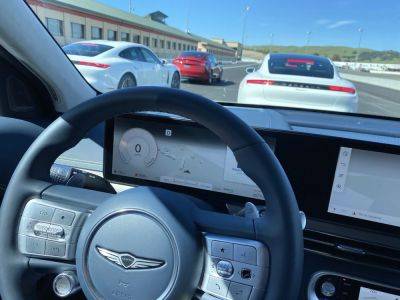Everything You Need to Know About Hybrid Cars
Have you heard? The hybrids are coming. As sales growth falters for electric vehicles, particularly in the United States, automakers have started to turn their gaze toward the EV’s less-charged-up cousins.
Some may see hybrids as less sexy, or less worthy, than full-electric cars. But global government emissions rules, along with hybrids’ reputation as an EV “gateway drug,” have made these cars an attractive stop on the electrified vehicle roadmap. Expect to see way more of them for sale in the coming years.
Alas, the world of hybrids is confusing. Some plug in for power; some don’t. Some can avoid gas fuel altogether; some won’t operate without it. As a result, some come with big emissions (and gas money) savings. Frustratingly, some commentators call all hybrids, well, “hybrids,” without specifying which technology they’re using.
Here’s WIRED’s guide to everything you need to know about hybrid cars.
Table of Contents
- So, What’s a Hybrid?
- What's a Hybrid Going to Cost Me?
- What Hybrid Should I Choose?
- Running Costs
- Trade-In Value
So, What’s a Hybrid?
The electric-curious car buyer will want to know a few key terms—and acronyms. Your standard gas-powered car has an internal combustion engine, so it’s sometimes called an ICE vehicle. These vehicles tend to produce the most emissions. On the other side of the spectrum are battery-electric cars, or EVs or BEVs, which are powered by a battery connected to an electric motor. (Confusingly, some data sources group plug-in hybrids under the larger EV umbrella.) BEVs must be plugged in to charge up. The climate friendliness of these depends, to a degree, on what’s inside their batteries and how your local electricity grid is powered, but plenty of research has confirmed that EVs always produce fewer lifetime emissions than ICE vehicles.
Hybrids are more complicated but can be broken into three big categories: mild hybrids, hybrids, and plug-in hybrids.
Mild hybrids use larger-than-standard electrical generators (alternators) to give some extra assist to a gas-powered engine. This setup allows the gas engine to turn off, for example, while the car is coasting or when it’s at a stop light. “They offer a bit of fuel economy







